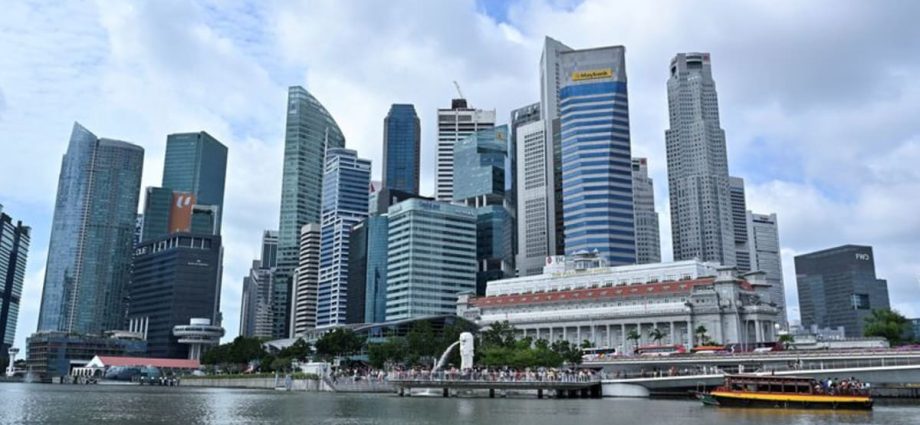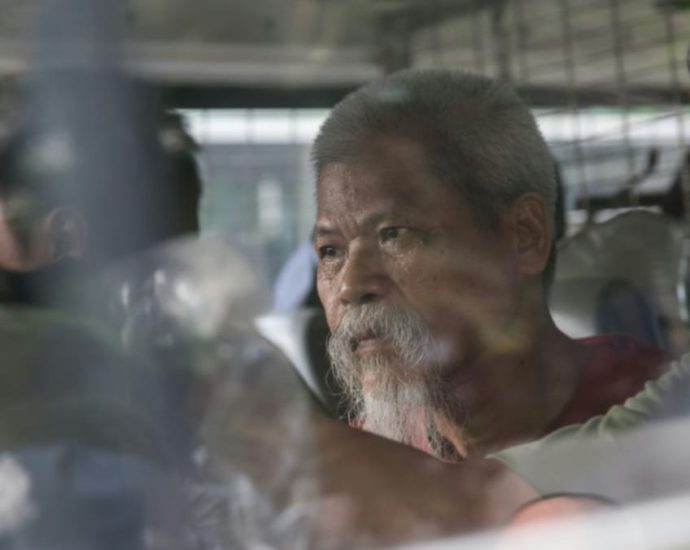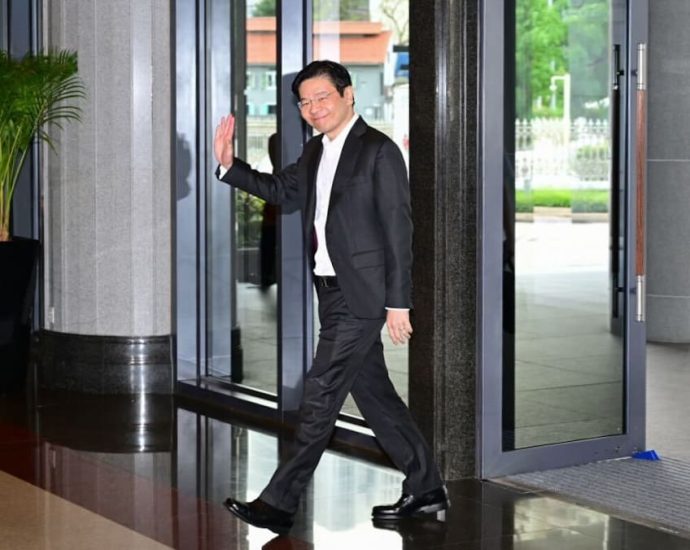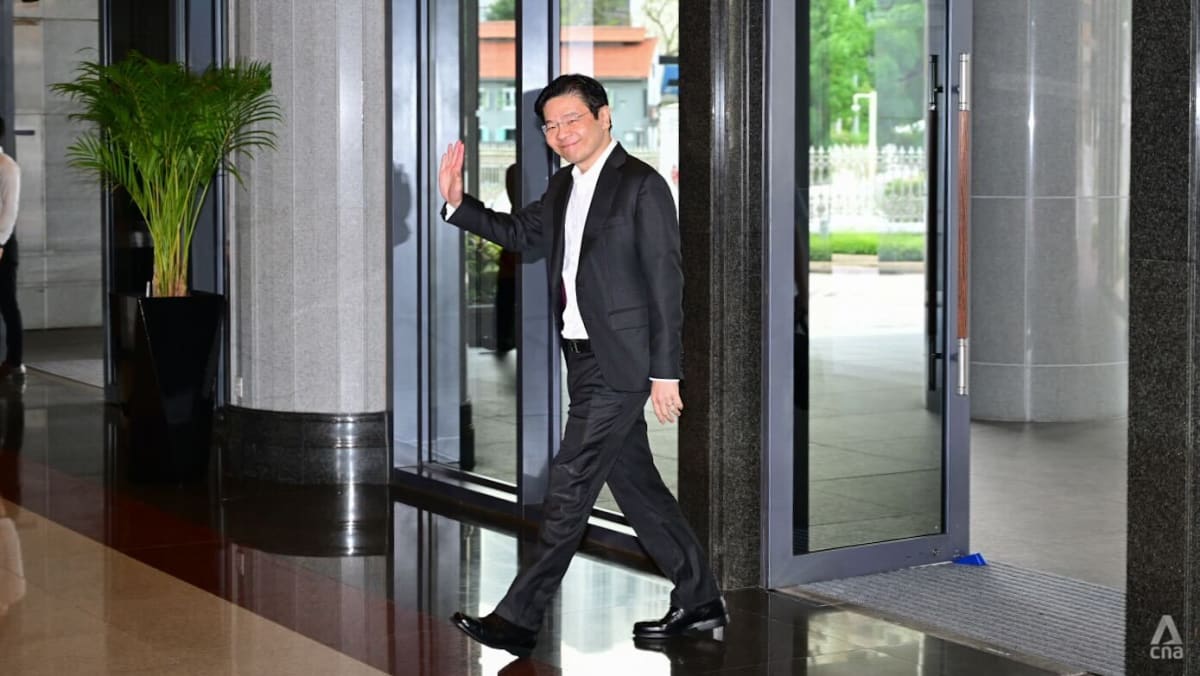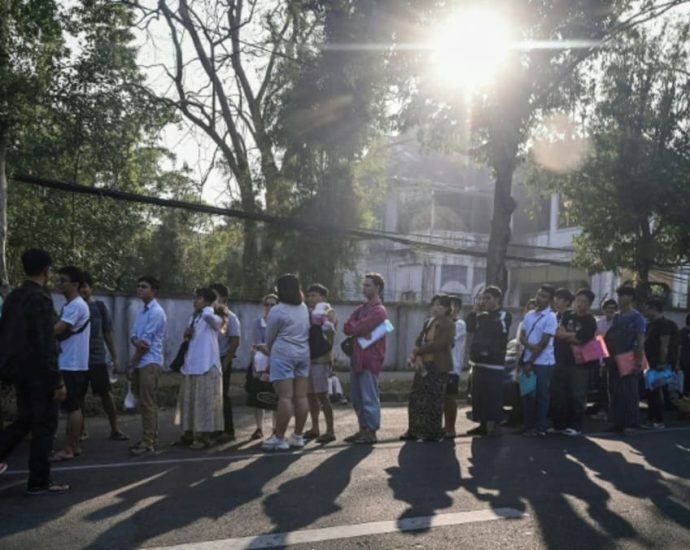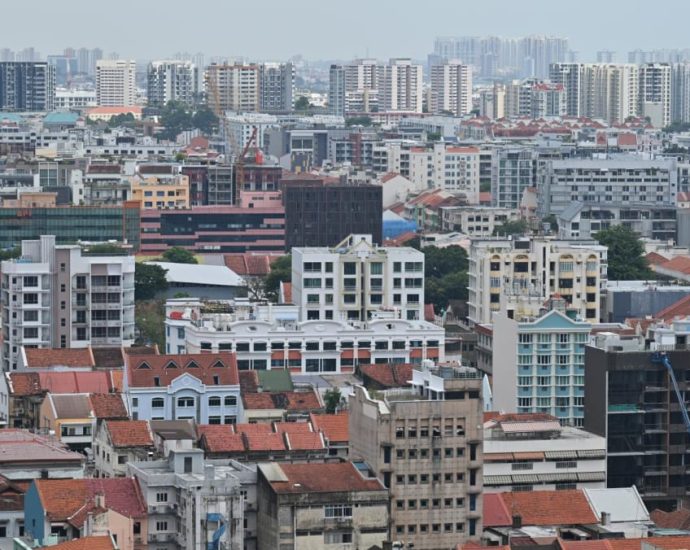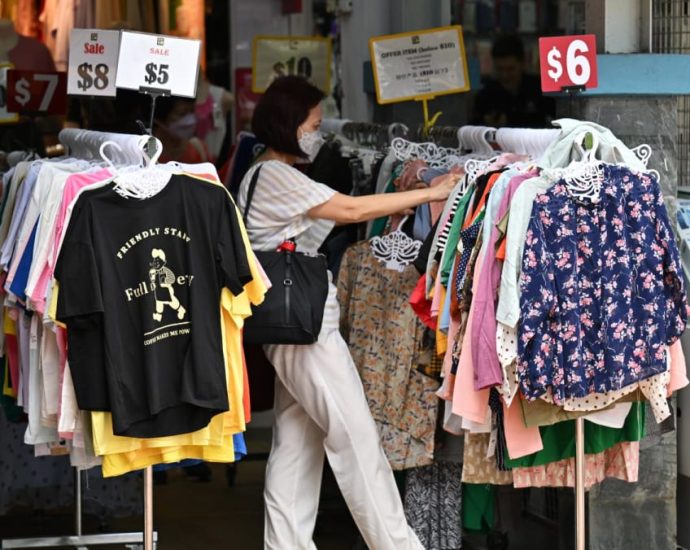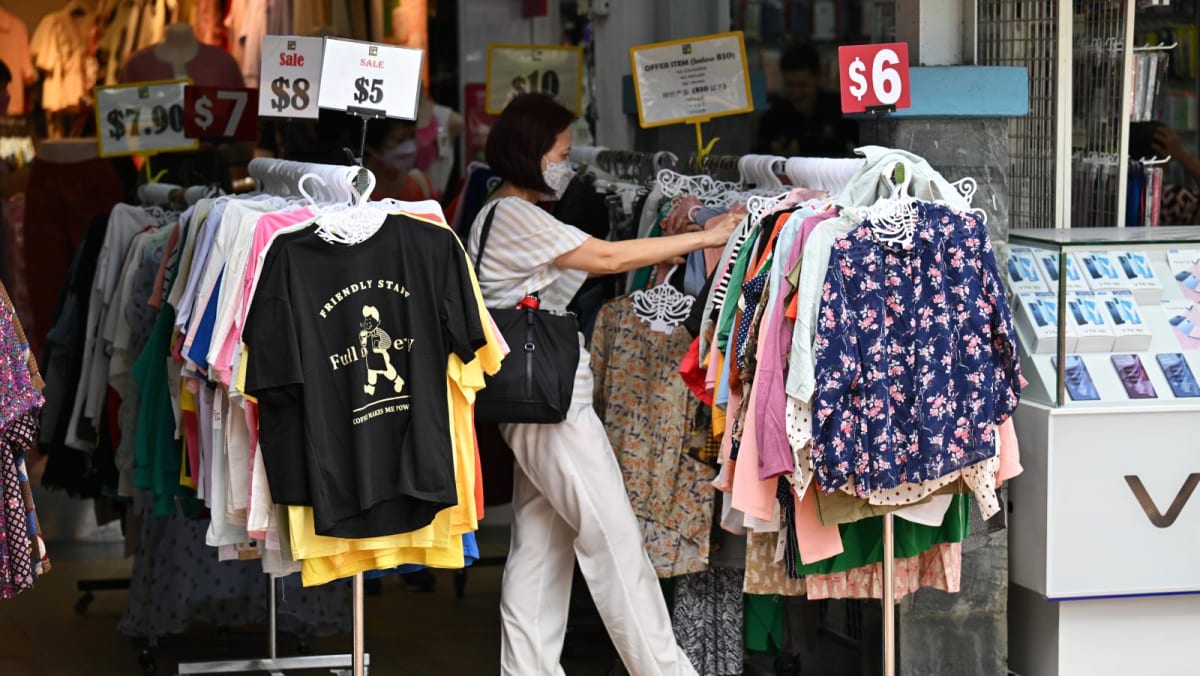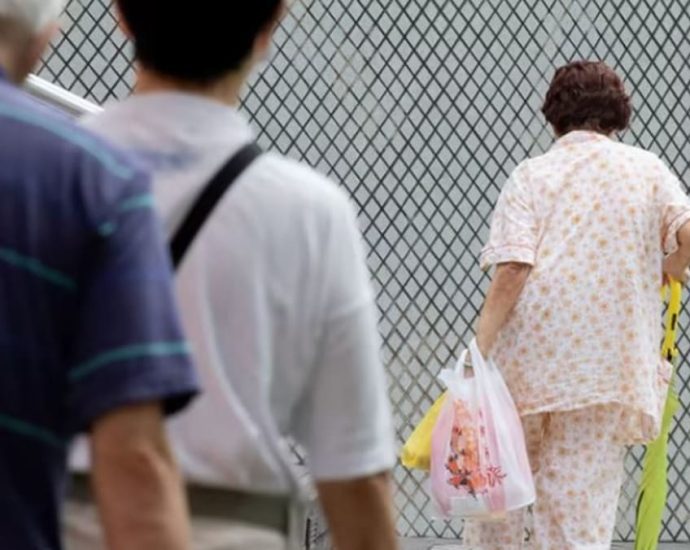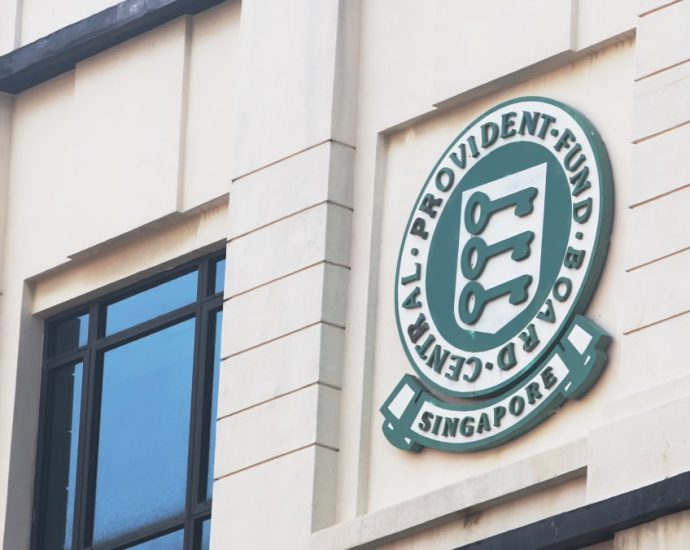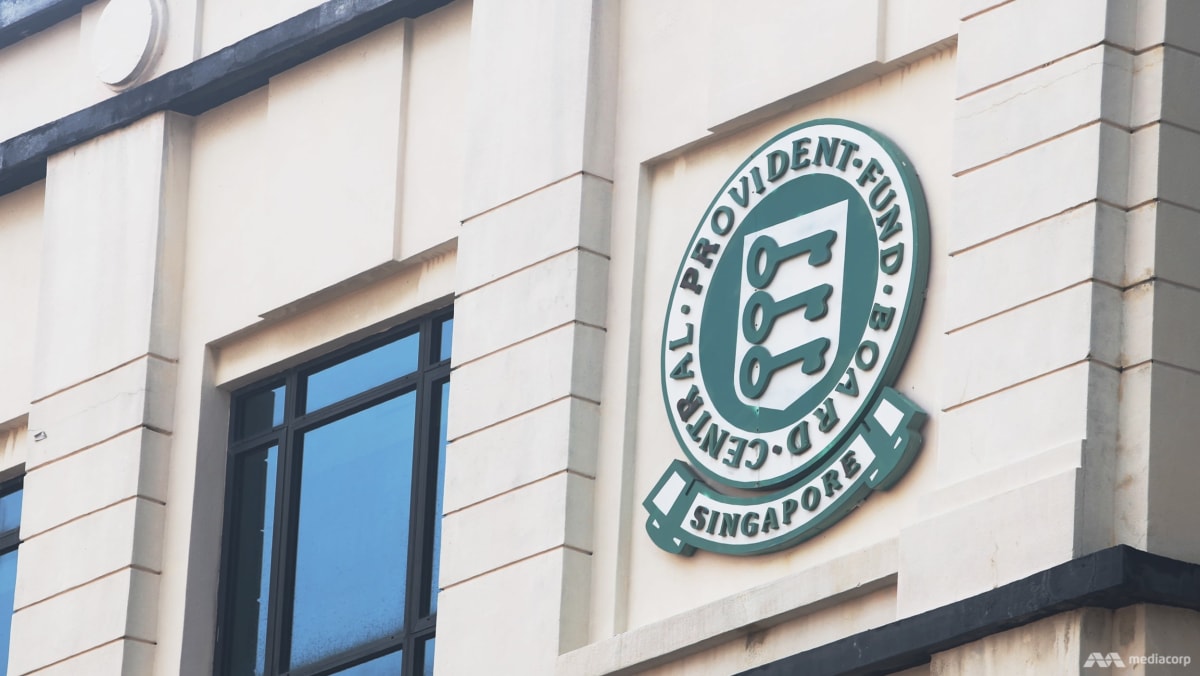Budget 2024: 6 key takeaways, from CPF changes to more CDC vouchers and less property tax
SINGAPORE: Deputy Prime Minister Lawrence Wong on Friday (Feb 16) announced several financial measures to help both Singaporeans and businesses, in what was likely his last Budget before the country’s leadership transition. These included more payouts to alleviate cost-of-living concerns, moves to make preschools more affordable and a new SkillsFutureContinue Reading

